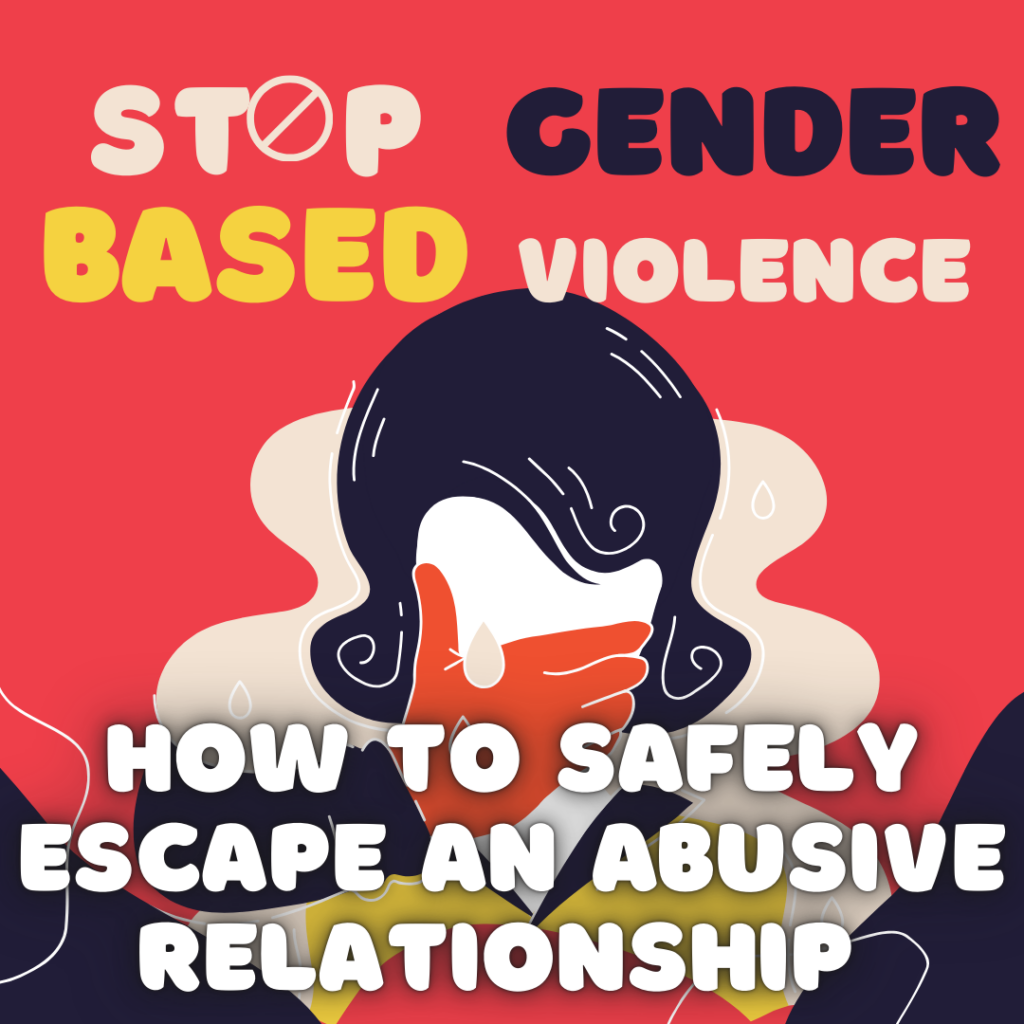
How to Safely Leave an Abusive Relationship
Leaving an abusive relationship, especially one where threats of violence are present, can be incredibly daunting. Your safety is the top priority. Here are steps to help you navigate this challenging situation.
- Recognize the Abuse
Understanding that you are in an abusive relationship is the first step. Abuse can be physical, emotional, psychological, or financial. If your partner threatens you, it is crucial to take those threats seriously.
- Create a Safety Plan
A safety plan is essential for anyone in an abusive situation. This plan should include:
- Emergency Contacts: Identify trusted friends or family members you can reach out to for help.
- Safe Places: Know where you can go in an emergency, such as a friend’s house, a family member's home, or a local shelter.
- Escape Route: Plan how you will leave and what you will take with you. Consider a discreet route that avoids your partner if possible.
- Pack Essentials: Prepare a bag with important documents (ID, passport, birth certificates), money, medications, clothes, and anything else you may need.
- Reach Out for Help
Contact local resources that can provide support, such as:
- Domestic Violence Hotlines: These can offer advice, emotional support, and connections to local shelters.
- Counselors or Therapists: Professionals can help you process your feelings and develop a plan.
- Law Enforcement: If you feel threatened, it’s important to inform the police about your situation. They can assist you in creating a safety plan and may offer protection.
- Document Everything
Keep a record of any incidents of abuse, including dates, times, what happened, and any witnesses. This documentation can be crucial if you decide to pursue legal action or need to prove your case in court.
- Take Legal Precautions
Consider obtaining a restraining order. A legal order can provide you with some protection from your abuser. Consult with a lawyer who specializes in domestic violence cases to understand the process and your options.
- Choose the Right Time to Leave
Timing can be critical. Plan your departure for a time when your partner is less likely to be home or when you can safely leave without confrontation.
- Stay Discreet
Be cautious about how you share your plans. Avoid discussing your intentions with mutual friends or family who may inadvertently inform your partner. Use a phone or computer that your abuser does not have access to when seeking help or researching resources.
8. Consider Your Digital Security
If your partner has access to your devices, consider changing passwords and securing your accounts. You might want to use a safe computer or phone to communicate with support services.
- After Leaving
Once you have left, continue to take precautions to ensure your safety:
- Change Locks and Security Codes: If you can, change the locks on your home and reset any security codes.
- Alert Authorities: Inform local law enforcement that you have left an abusive situation and may need assistance.
- Stay Connected: Keep in contact with trusted friends or family members who can support you emotionally and physically.
- Seek Ongoing Support
Leaving an abusive relationship is just the beginning. Consider joining support groups for survivors of domestic violence. Professional counseling can also be beneficial as you navigate your feelings and rebuild your life.
Conclusion
Leaving an abusive relationship is a courageous decision that requires careful planning and support. Always prioritize your safety and seek help from professionals and trusted individuals. Remember, you deserve to live a life free from fear and violence.